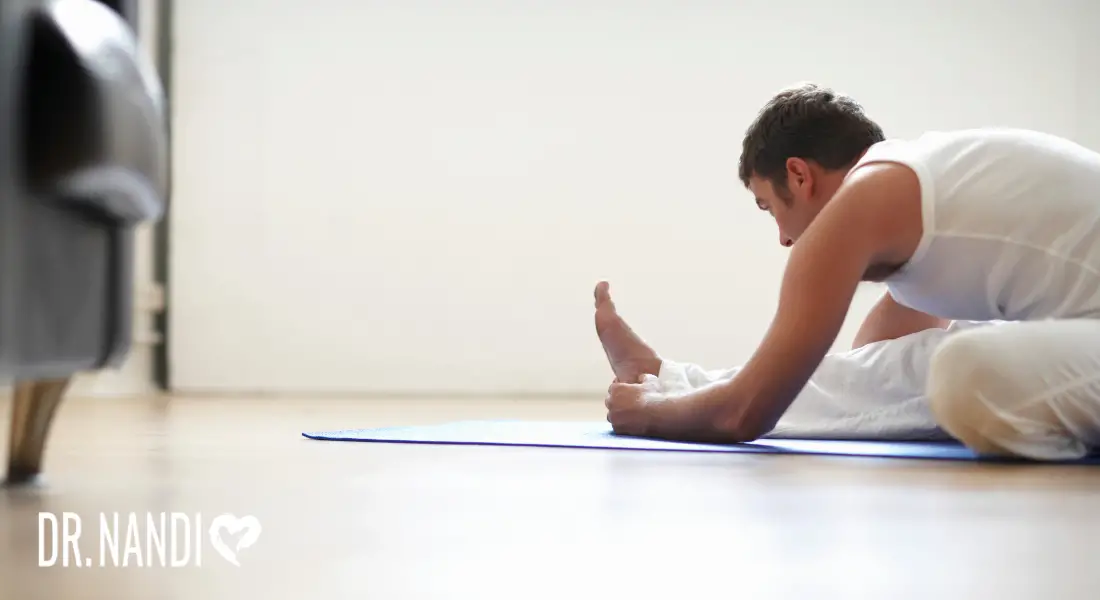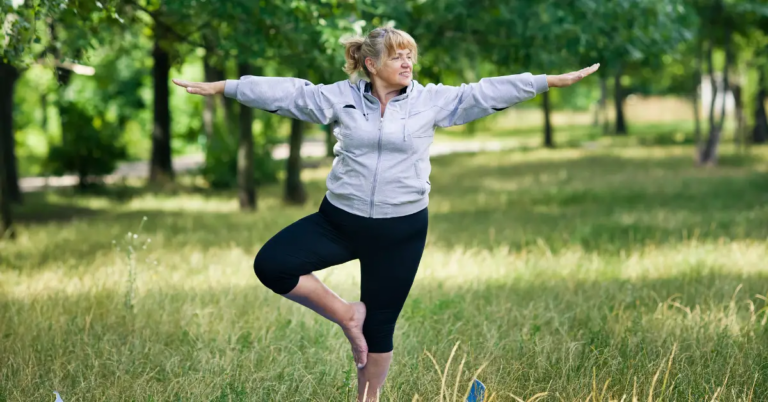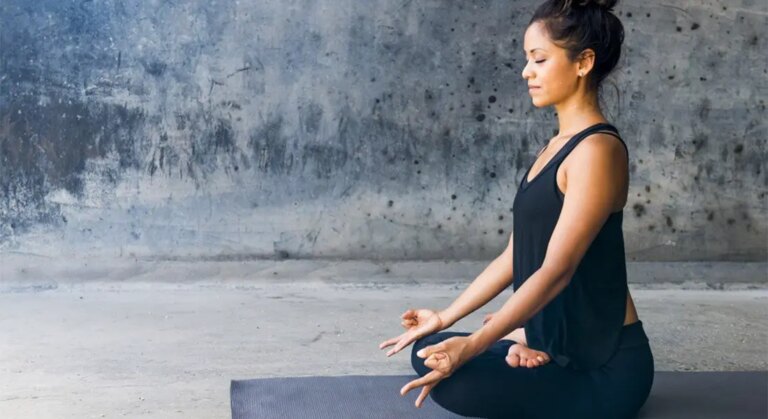In today’s fast-paced world, more and more people are experiencing sleep disturbances, ranging from brief bouts of insomnia to chronic sleep disorders. These issues often stem from the constant buzz of life, elevated stress levels, and the modern struggle to strike a balance between work, relaxation, and rest. As an effective, natural, and accessible solution, yoga has emerged as an invaluable tool in enhancing the quality and duration of sleep. This article explores how yoga, a centuries-old practice known for promoting wellness and balance, can significantly improve your sleep patterns, leading to more rejuvenated mornings and productive days.
Yoga’s potent combination of physical postures, controlled breathing exercises, and guided meditation techniques work in harmony to cultivate relaxation, reduce stress, and enhance overall wellbeing—key factors in achieving restful sleep. By focusing on the present moment, yoga helps to calm the mind, facilitating the shift from the high-stimulation activities of your day to the restful state necessary for sound sleep.
We’ll delve into the various yoga exercises and routines best suited for promoting better sleep, and provide practical tips on incorporating this holistic practice into your bedtime routine. Whether you are a sleep-deprived individual seeking a natural solution, a yoga enthusiast interested in broadening your practice, or simply curious about the intersection of yoga and sleep science, this article offers valuable insights into using yoga for improved sleep. So, let’s embark on this journey towards tranquility and restorative sleep through the transformative power of yoga.
Child’s Pose (Balasana)
Let’s start with a fundamental pose that naturally invokes tranquility and rest— the Child’s Pose, or Balasana. This pose is an excellent stress and anxiety reliever, and it’s particularly beneficial for calming down the mind before sleep.
- Begin by kneeling on your yoga mat.
- Rest your chest and belly on one or two stacked pillows.
- Keep your knees wide apart, and touch your big toes together behind you.
- Turn your head to one side and rest your right ear on the pillow.
- Relax your arms on the sides of the pillows.
- Close your eyes, soften your jaw, and let your belly become heavy and relaxed.
- Focus your attention on your breathing, noticing the rise and fall of your belly. Stay in this pose for 45-60 seconds.
- Repeat on the other side, resting your left ear on the pillow.
Locust Pose (Salabhasana)
The Locust Pose, or Salabhasana, is a gentle backbend that can help release tension from the day. This pose stimulates the body, helping to promote a feeling of alertness that can help your body understand it’s time to sleep.
- Start from the Plank Pose, a basic yoga posture where you balance on your hands and toes, with your body forming a straight line from your head to your heels.
- On an inhalation, slowly lower yourself onto your belly.
- Clasp your hands behind your back.
- As you exhale, push the tops of your feet into the floor.
- On the next inhalation, lift your chest and arms, looking forward.
- Hold the pose for 30-40 seconds, maintaining steady breaths.
- Upon releasing the pose, exhale and push back into a Downward-Facing Dog, another traditional yoga posture.
- Repeat the pose 3 times.
Head to Knee Pose (Janu Sirsasana)
The Head to Knee Pose, or Janu Sirsasana, stretches the hamstrings and calms the mind, which can be particularly beneficial for relaxation and sleep.
- Sit on the floor, keeping your back straight and extending your legs out in front of you.
- Bend your right knee, opening the hip, and bring the sole of your right foot into the inner left thigh.
- Press your right knee towards the ground. If your knee doesn’t reach the floor, you can use a cushion for support.
- On an inhalation, lengthen your spine.
- As you exhale, bend forward from your hips over your left leg, keeping your spine and neck long.
- Place your hands on either side of your left leg.
- Gaze softly at the big toe of your left foot.
- Hold the pose for 30-40 seconds, focusing on your breath.
- Repeat on the other side.
Bound Angle Pose (Baddha Konasana)
The Bound Angle Pose, or Baddha Konasana, is a seated pose that opens the hips and groins, promoting relaxation and stress relief.
- Sit on the floor with your back straight.
- Bring the soles of your feet together in front of you.
- Hold your feet or ankles with your hands.
- Try to bring your feet as close to your groin as possible without causing any pain or encouraging slouching.
- As you inhale, lengthen your spine.
- On the exhale, bend forward from your hips while maintaining a long spine.
- Hold this pose for 12-15 breaths, noticing your muscles relax with each exhalation.
Wide Angle Seated Forward Bend Pose (Upavistha Konasana)
Lastly, the Wide Angle Seated Forward Bend Pose, or Upavistha Konasana, stretches the insides and backs of the legs and can also calm the mind.
- Sit on the floor with your back straight.
- Extend your legs out in a “V” shape as wide as comfortable, avoiding any strain.
- Place your hands behind you for balance.
- On an inhalation, lengthen your spine. Make sure your lower back is not rounding.
- Exhale, and bend forward from your hips.
- Place your hands in front of you for support.
- As you breathe, lengthen your spine with each inhale and relax further into the pose with each exhale.
- Stay in this pose for 12-15 breaths.
Remember, yoga isn’t about achieving perfect shapes but rather about tuning into your body and mind. Ensure to listen to your body, respect its limits, and never push into pain. Soon, you’ll find these poses helping you relax and improve your sleep quality.

My Personal RX:
As we have explored, yoga can be a powerful tool to help improve sleep, but it is just one piece of the puzzle. It’s crucial to approach sleep health holistically. Here are my personal recommendations for fostering a conducive sleep environment and cultivating habits that promote sound sleep:
- Maintain a Healthy, Balanced Diet: Proper nutrition plays an integral role in sleep quality. Aim for a diet rich in fruits, vegetables, whole grains, lean proteins, and healthy fats. Limit caffeine and alcohol, especially close to bedtime, as they can interfere with the sleep cycle.
- Regular Exercise: Regular physical activity can help reduce stress and anxiety, improve mood, and promote better sleep. Try to get at least 30 minutes of moderate aerobic exercise, like walking or cycling, most days of the week.
- Embrace Nature: Spending time outdoors, particularly in natural light, can help regulate your sleep-wake cycle. Try to get outside every day, even if it’s just a walk around the block.
- Prioritize Sleep Hygiene: This includes keeping a regular sleep schedule, making your sleeping environment comfortable and dark, and establishing a pre-sleep routine that helps signal to your body that it’s time to sleep. This routine could include the yoga poses we discussed.
- Download My Sleep Guide: This free guide offers additional insights, techniques, and strategies to improve your sleep. It’s a practical resource that you can refer to as you work on improving your sleep health.
- Consider Supplements: My Sleep Max is a specially formulated sleep aid designed to help you fall asleep faster and achieve more restful, restorative sleep. Always remember to consult your doctor before starting any new supplement regimen.
Remember, everyone is different, and what works best for you might differ from what works for someone else. It’s about finding a routine and strategies that suit your lifestyle and help you achieve the restful sleep you need.




















